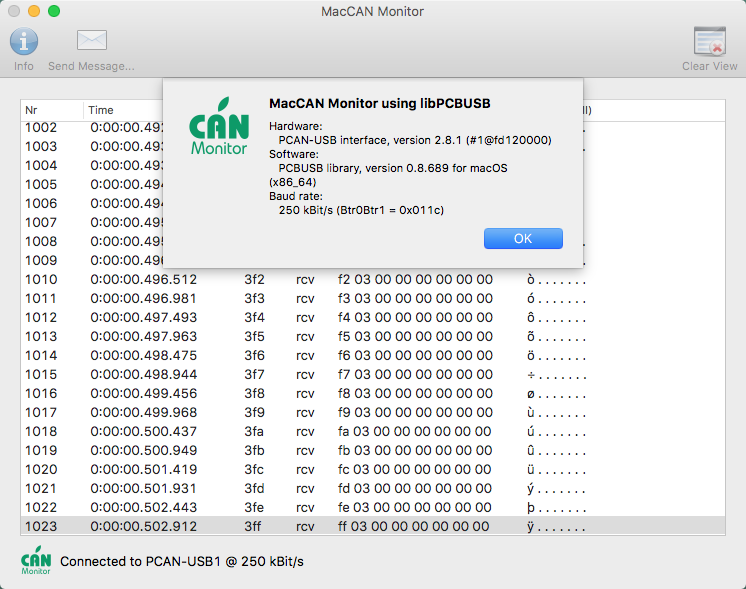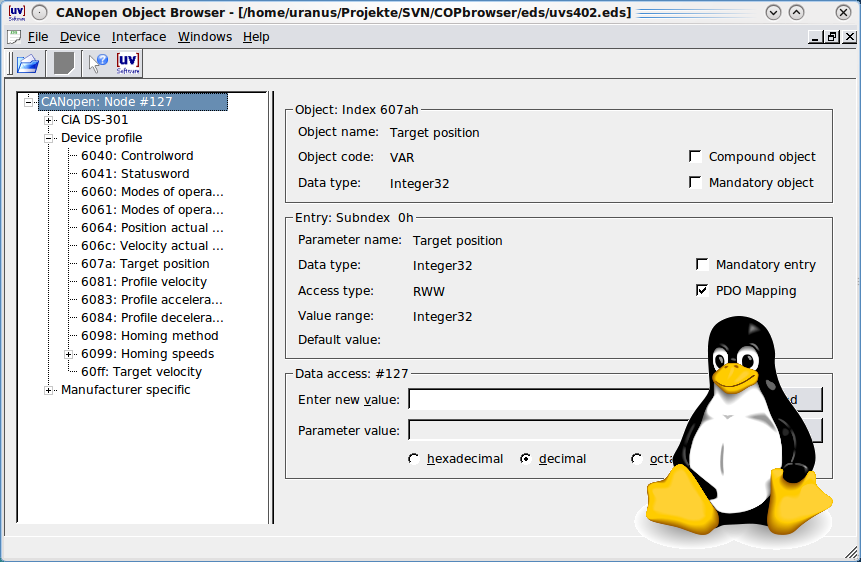Projekt: Dezember 2010 – Dezember 2011 (13 Monate)
Projektbeschreibung
Unterstützung der Entwicklung beim Kunden. Die Aufgabe beinhaltet:
- Entwicklung von hardwarenahen Softwareapplikationen
- Erstellen von hardwarenahen Treibern
- Implementierung von Echtzeitbetriebssystemen auf Embedded Plattform
- Anpassung von BIOS- und Treibersoftware
- Projektbegleitung vom Requirement Engineering bis zur Validation
Arbeitspaket 1: Analog-CAN-Transmitter für Force-Feedback-Sidestick-Steuerung
Der Transmitter dient zur Übertragung von analogen und digitalen Signalen einer redundanten Sidestick-Steuerung über den CAN-Bus. Über zwei kraftgekoppelte Sidesticks im Cockpit werden das Lenksystem wie auch das Gas-/Bremssystem angesteuert. Von diesen Systemen werden die aktuellen Winkelinformationen zurück an die Systeme im Cockpit übertragen.
Aufgabe: Implementierung der Transmitter-Software (CAN-Bus).
Arbeitspaket 2: End-Of-Line Testsoftware für Flurfahrzeuge-Bedienteil
Die Truck Data Unit (TDU) wird optional im Fahrzeug installiert. Zu Beginn der Fahrzeugnutzung identifiziert sich der Fahrer über eine ihm zugeordnete Kennung an (optional über eine Tastatur mit PIN-Nummer oder über einen Kartenleser mit RFID Kennung) und zeigt damit die Nutzung des Fahrzeugs an. Beim Verlassen des Fahrzeugs meldet sich der Fahrer ab.
Aufgabe: Implementierung der Testsoftware auf dem Target für End-Of-Line Test von analogen und digitalen E/A-Signalbaugruppen, Speicherbausteinen (F-RAM, NAND-Flash, Data-Flash), LEDs, CAN-Kommunikation, Matrixtastatur, Wake-up Funktion, Card-Reader (RFID), Bluetooth-Modul.
Arbeitspaket 3: Komprimierter Download über CANopen
Bedienteil für Schwarzdeckenfertiger mit Display und CAN-Interface. Softwareupdates erfolgen über CANopen-Bootloader.
Aufgabe: Integration des zlib Inflate-Algorithmus in vorhandenen Bootloader.
Arbeitspaket 4: SPI-Bootloader für HVAC Frontpanel
Frontpanel für Klimasteuerung, zum Einbau in einen Radio DIN Schacht. Bedien- und Anzeigeeinheit mit integriertem Farbdisplay, beleuchtbaren Tasten und Drehreglern. Kommunikation mit der Hauptplatine erfolgt über Datenbussystem SPI und steuert alle Tasten- udn Encoder-Eingaben, sowie die Displayvisualisierung.
Aufgaben:
a.) Implementierung des Bootloaders (SPI-Slave).
b.) Implementierung von Testprozeduren.
Projektsteckbrief
| Projekt |
Hardwarenahe Softwareentwicklung |
| Zeitraum |
Dezember 2010 – Dezember 2011 (13 Monate) |
| Kunde |
darf aus Gründen des Kundenschutzes nicht genannt werden |
| Branche |
Automotive |
| Rolle im Projekt |
Systemspezifikation, Systemarchitektur, Softwareentwurf, Implementierung, Funktionstests, Dokumentation |
| Software / Tools / Methoden |
Keil C166 C Compiler (uVision3), Keil ARM C Compiler (uVision4) , Microsoft Visual C++ 2008 , Enterprise Architect (Sparx) , PC-lint (MISRA-C 2004 rules) , Understand (SciTools) , CAN Analyser (IXXAT) , Doxygen, Python |
| Hardwareplattform |
Infineon XC164CS Microcontroller, Infineon XC2368B Microcontroller, NXP LPC2478 (ARM7/TDMI-S core), Keil U-Link On-chip Debugger, CAN Interface Boards (IXXAT), SPI-to-USB Adapter (Elite) |


